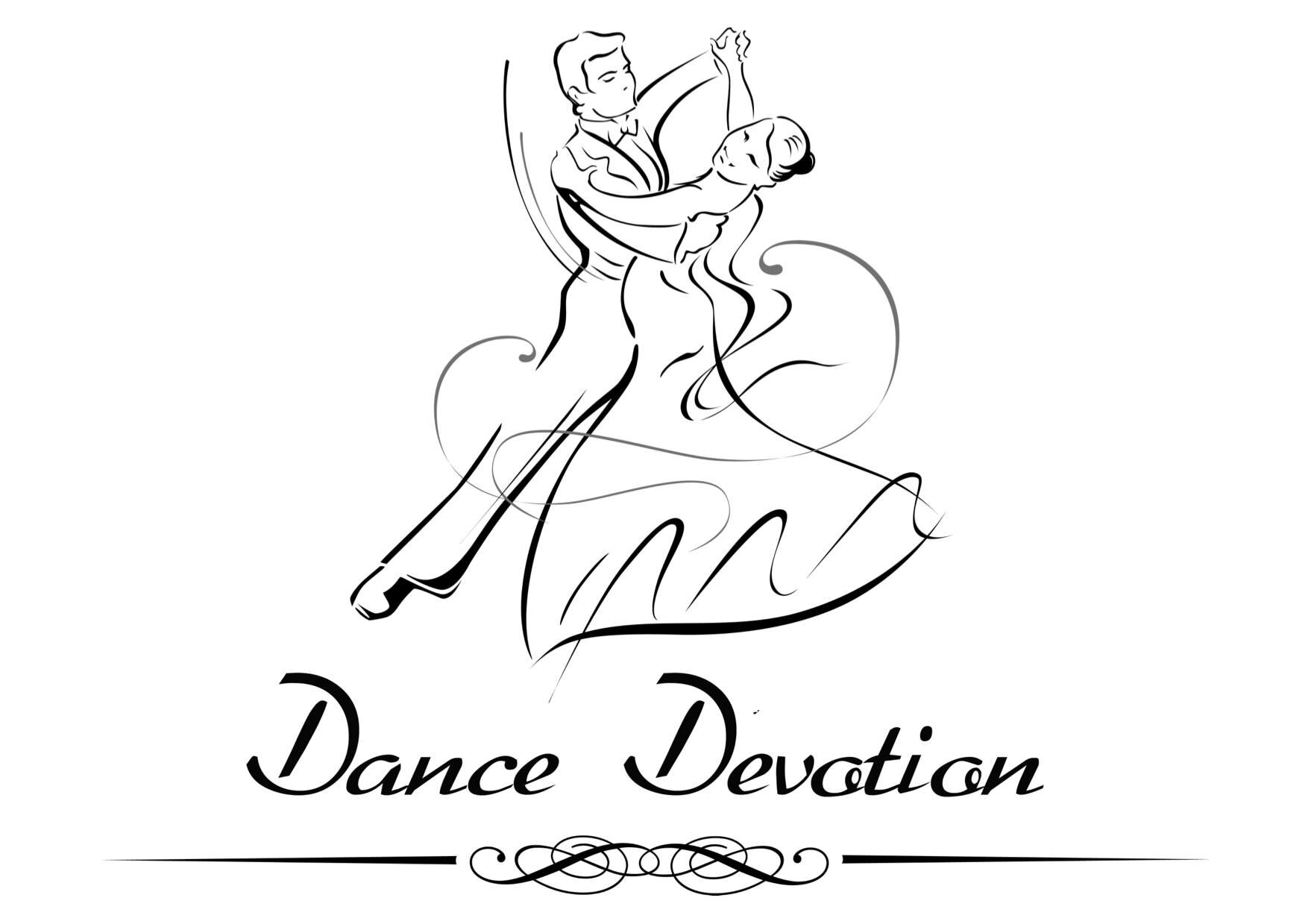What is Argentine Tango?
Please not that this article is not designed to be a comprehensive academic work, but is instead intended to give the reader an introduction to and overview of the dance.
Key features
As the name would suggest, the Argentine Tango is originally from Argentina. Like all dances, it has evolved over the decades, and continues to do so.
The Argentine Tango is a completely different dance from the Ballroom Tango. We will write a separate article on the similarities and differences between these dances, but they are part of completely separate dance families and each have their own social dances.
The Argentine Tango is a progressive dance. In simple terms, it moves or progresses around the floor in an anti-clockwise direction. Unlike the ballroom dances, the partners’ hold (or embrace as it is known) is flexible, and each partner can pivot around their own axis, their partners’ axis or a point in between them. This enables this dance to achieve positions and movements that a more formal hold would not.
Unlike Ballroom and Latin, the Argentine Tango has a culture socially of dancers dancing with many different people over the course of an event. This has its benefits and disadvantages, which we shall cover in a separate article, but for the social dancer it must be stressed that if you come to dance with your partner, there is no obligation to dance with anyone else unless you want to. In Dance Devotion Argentine Tango classes, we do not require dancers to rotate partners.
The Argentine Tango has not had the benefit of a formalised syllabus in the same way as the Ballroom and Latin has. This combined with the extreme flexibility of the dance has resulted in there being many different styles of Argentine Tango, all of which are perfectly correct, although sometimes the subject of animated debate.
Rhythms
There are predominately three rhythms the Argentine Tango is danced to, although this dance will also work to any other musical rhythm:
Tango - 4/4 time, meaning four beats to every bar of music. This would be counted 1,2,3,4 | 1,2,3,4
Vals - 3/4 time, meaning 3 beats to every bar of music. This would be counted 1,2,3 | 1,2,3
Milonga - 2/4 time, meaning two beats to every bar of music. This would be counted 1,2 | 1,2
Styles
There are many styles of Argentine tango, but the main two can be generally described as:
Tango de Salon (also known as Salon Tango)
Nuevo
Tango de Salon
Tango de Salon is what you might call the traditional Argentine Tango. On the whole it uses traditional music, usually from the 1920s onward, and is characterised by small intricate movements creating a “conversation” between the dancers.
Nuevo
As the name suggests, the Nuevo style is a newer development. It is what you will probably see if you were to watch a stage demonstration. It typically uses more modern or alternative music, often with strong and energetic beats. It is characterised by the use of visual and highly dynamic extensions and leg movements, all of which feature in salon Tango, but not in such a prominent way.
At Dance Devotion, we see the value in every style of Argentine Tango, but our main love is Nuevo and Blues-Tango. That basically means that we particularly like to interpret the music by the use of visual and highly dynamic extensions and leg movements and that we like to dance to a wide range of music.
Summary
The Argentine tango is a more challenging dance to get started with than most other dance styles. Having said that it is very achievable for a complete novice to learn this dance as long as they are prepared to commit to it for a number of weeks early on.
At Dance Devotion we provide Argentine Tango tuition in private and group classes in the Norwich area. Give us a call to give it a go.
For Argentine Tango group classes see here
For Argentine Tango private lessons see here
